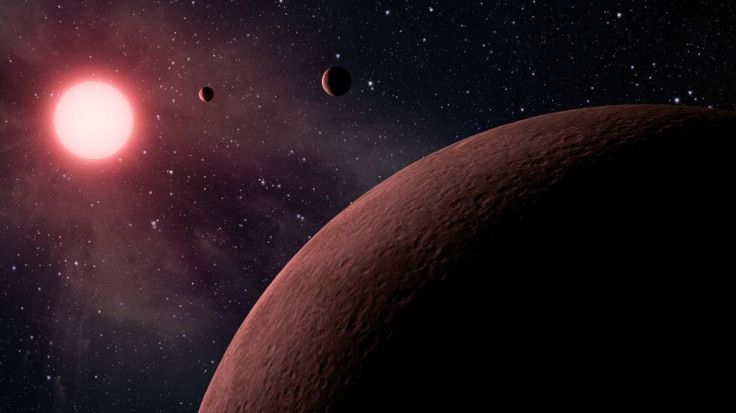Nasa discovers 10 Earth-like potential planets that could host alien life
Kepler's latest findings bring up the total number of potential planets discovered by the telescope to over 4,000.
Nasa's Kepler space telescope has discovered over 200 potential planets. Nasa scientists released a comprehensive catalogue, listing 219 new planet candidates, 10 of which are "near-Earth size and orbiting in their star's habitable zone", indicating that they could play host to alien life. Kepler's latest discoveries bring up the total number of potential planets found by the space telescope to 4,034, of which 2,335 have been verified as exoplanets.
Nasa's discoveries come from Kepler's over four-year-long observations of around 145,000 sun-like stars in a small section of the night sky near the Cygnus constellation. Although most of the stars discovered are estimated to be thousands of light years away, the data provides scientists with an idea of how common Earth-like planets are, as well as boost the hunt for intelligent extraterrestrial life.
"The Kepler data set is unique, as it is the only one containing a population of these near Earth-analogs – planets with roughly the same size and orbit as Earth," Mario Perez, Kepler programme scientist in the Astrophysics Division of Nasa's Science Mission Directorate, said in a statement. "Understanding their frequency in the galaxy will help inform the design of future Nasa missions to directly image another Earth."
This is the eighth time that Kepler scientists have released a catalogue of potential planets. The data will help scientists determine what percentage of the planetary population is made up of rocky, Earth-sized bodies and how many are gas giants, with sizes similar to Jupiter.

"This carefully-measured catalogue is the foundation for directly answering one of astronomy's most compelling questions – how many planets like our Earth are in the galaxy?" said Kepler research scientist for the SETI Institute Susan Thompson.
Thompson, who is also the lead author of the catalogue study, added: "We're going to determine how common other planets are. Are there other places we could live in the galaxy that we don't yet call home?"
Kepler's findings bring up the total number of potential Earth-like exoplanets to 49. Nasa scientists believe that if any of these 49 planet candidates have stable atmospheres, they could possibly also then be home to alien life.
Kepler's observations have also led scientists to uncover that one of the most common types of planets appear to be a completely new class of planets called mini-Neptunes, according to Benjamin Fulton, an astronomer at the University of Hawaii at Manoa and California and lead author of the second study. These types of planets, also known as "Super-Earths", are believed to be the most numerously found in the universe.
"We like to think of this study as classifying planets in the same way that biologists identify new species of animals," Fulton said. "Finding two distinct groups of exoplanets is like discovering mammals and lizards make up distinct branches of a family tree."
Nasa said: "The Kepler spacecraft continues to make observations in new patches of sky in its extended mission, searching for planets and studying a variety of interesting astronomical objects, from distant star clusters to objects such as the TRAPPIST-1 system of seven Earth-size planets, closer to home."
© Copyright IBTimes 2025. All rights reserved.






















